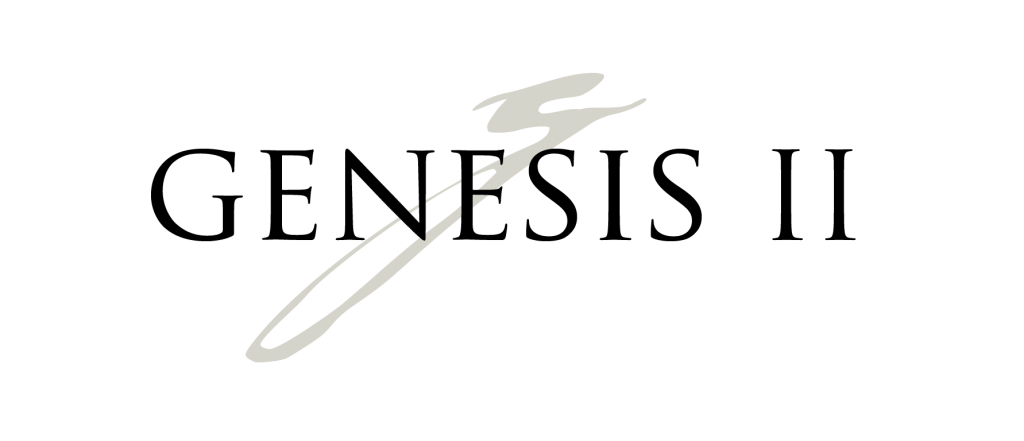 Oct. 1 through 7 is Trichotillomania Awareness Week, so now is a good time to learn about this hair pulling disorder that affects about two out of every 50 people. The psychological condition doesn’t get a lot of attention in the media, but it can cause intensely negative feelings in people living with it.
Oct. 1 through 7 is Trichotillomania Awareness Week, so now is a good time to learn about this hair pulling disorder that affects about two out of every 50 people. The psychological condition doesn’t get a lot of attention in the media, but it can cause intensely negative feelings in people living with it.
Signs and Symptoms of Trichotillomania (Trich)
Trich is an impulse control disorder often triggered by periods of anxiety. People who have the condition often pull hair from their heads and bodies, creating patchy or bald areas. In many cases, people with the disorder don’t realize that they’re removing hair until later, such as when they see the effects in a mirror.
Researchers assign several signs and symptoms to this disorder. Some of the most common signs include:
Pulling hair repeatedly, often leading to hair loss.
Feeling distress because of hair loss.
Repeated attempts to stop pulling hair.
People who have trich often feel awkward or embarrassed in social situations, which can have negative effects on their relationships and careers.
Who Gets Trichotillomania?
It can affect practically anyone. Noted celebrities who have the condition include:
Megan Fox
Charlize Theron
Naomi Campbell
Katy Perry
Justin Timberlake
As the list suggests, trich happens to women more often than men. In fact, women represent 80 to 90 percent of its cases. Trich usually appears before a person’s 14th birthday, but it can start at any time, especially during periods of anxiety and other intense emotional states.
Living with Trichotillomania
People living with this condition can’t just stop pulling their hair out. Like impulse control disorders that involve pathological gambling, kleptomania and other unwanted behaviors, trich can become an obsession that takes over a person’s life.
Anyone suffering from trichotillomania needs to find a way to live with the condition. Mental health counseling can yield positive results, but it may take several months or years before sufferers learn coping strategies that help them stop pulling out their hair.
People who become partly or completely bald from trich can ease their embarrassment and anxiety by wearing high-quality wigs in public. Although the wigs don’t stop the disorder, they do hide the most noticeable symptom.
It only presents a physical danger when sufferers eat their hair. This can lead to hairballs that prevent the digestive system from operating normally.
Even though trichotillomania rarely causes death, the anxiety and embarrassment that come with the disease can make people feel like their lives are ruined. Awareness of this condition among the general public can help them feel less alone.
If hair replacement is something you want to consider, the highly-experienced consultants at Genesis II will help you find the best solution for your particular situation and lifestyle. To schedule a free hair loss evaluation and scalp analysis call us at (315) 458-1074 or to contact us via email click here.
Photo Credit: Counselling Via Pixabay
Sources:
http://www.bfrb.org/learn-about-bfrbs/trichotillomania
http://www.mentalhealthamerica.net/conditions/trichotillomania-hair-pulling

